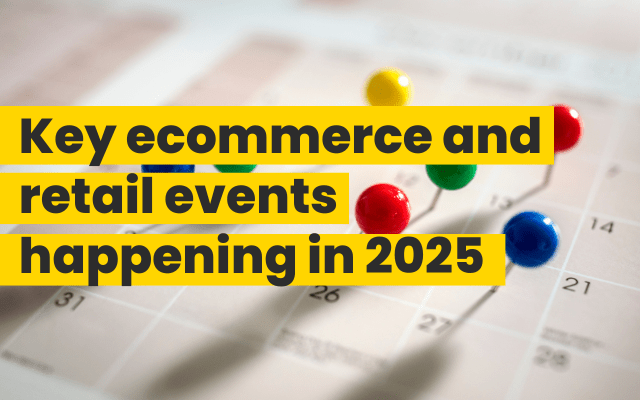As you prepare your business financially for 2022, you’ll need to plan and assess your digital marketing budget.
After an unprecedented year, planning and forecasting has become problematic. Many businesses have embraced digitisation, making it difficult to make an impact in a crowded advertising space. We discuss how to allocate budgeting for digital marketing, from what goes into budgeting to a full breakdown with free template.
What is a marketing budget?
A marketing budget is a set amount of expenses for a year or quarter that a business outlines, intending to spend on marketing-related activities. This can include items such as paid advertising, events, or sponsored content.
What goes into a digital marketing budget?
Your marketing budget should cover all expenses needed to market your product or service. In terms of digital marketing, this means budgeting for items such as sales and marketing automation tools, pay per click (PPC) advertising, media and sponsorship costs and email marketing. We recommend you include budget for additional staff or internal training.
What should my digital marketing budget be?
The usual recommendation for a digital marketing budget is around 7-15% of a company’s overall budget, with the guidelines being around 9-10%. This is what you should aim for.
BOSCO™ Connect provides a streamlined marketing analytics platform, with all your metrics in one easy to interpret dashboard. Combining your data with extensive algorithmic modelling, BOSCO™ can predict campaign forecasts with budget recommendations across all digital channels. For more information on connecting your data, book a demo.
Digital marketing budget breakdown
Set your business goals
The long term goals of a marketing plan is to increase sales and brand awareness. Short term specific targets such as increasing website traffic, improving your conversion rate, retargeting specific visitors to your site, and creating a sales funnel, all help towards your main goal and will all be factored in when setting a digital marketing budget.
Scope out your competition
When it comes to setting up a marketing plan and accompanying budget, it’s important to find out what your closest competitors are doing. Start with the basics that your competition is already using to find our if these same methods work for your business. These observations will help you set a marketing budget based on methods that have been tried and tested by your competitors.
Once you’ve conduced competitor research and decided on which channels to use, you will have a rough idea of strategies to coincide with your overall goals.
Work out your budget
Once you have determined how much each element will cost, you will then need to set a budget. This can be done by using budgeting methods such as:
- Affordable Method – this involves a simple estimation on how much you or the company can afford to spend overall.
- Percentage of Sales Method – This is done by taking a percentage of the previous years sales and estimating it your current year’s cost this way.
- Competitive Parity Method – This is done by looking at your competitors spend on digital marketing and matching it.
- Objective and Task Method – This method is considered the most logical as it involves using in-depth market research to decide how much you need to spend to achieve all your objectives.
Measure the results
The last step is to measure how much setting a marketing budget and meeting your goals will help to grow your business. Of course, things aren’t set in stone and can be changed if necessary. If you’re just about to start your budgeting for 2022, we’ve created a digital marketing budget template.




